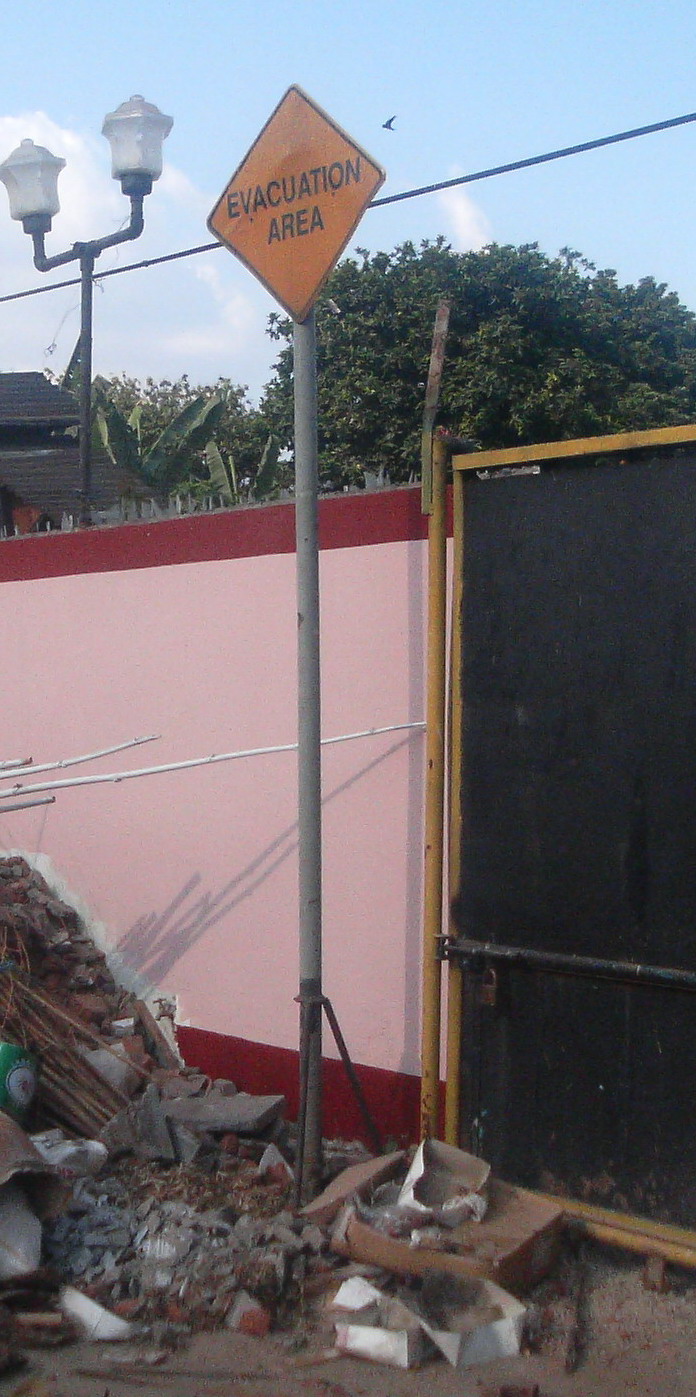

Best Practice Risk Assessment in Consumer Safety
ECOSA European Conference
Edinburgh 21-22 April 2005
Bernardo Delogu
DG Health and Consumer Protection
European Commission
Needs and directions for consistent risk assessment for the objectives of the General Product Safety Directive (GPSD)
To highlight the complexity/variety of EU product safety rules and conformity/risk assessment requirements
To present the risk assessment needs for the application of the GPSD
To identify directions for improving consistency/effectiveness of consumer product risk assessment
The EU Regulatory Framework for non-food Product Safety
Vertical legislation setting essential safety requirements and conformity assessment procedures (toys, LVD, ...)
Legislation requiring pre-marketing approval of certain products (vehicles, medicines, …)
Legislation on specific product categories (e.g. cosmetics)
Legislation on chemicals (classification, labelling, risk assessment, restrictions)
The General Product Safety Directive (supported by voluntary European standards)
Actors of the EU Enforcement/Conformity assessment approach
Product safety standards: standardisation bodies (CEN, CENELEC, ETSI)
Pre-marketing approval: Agencies, Commission, Member States’ bodies
Pre-marketing assessment: producers, notified bodies
Post-marketing surveillance: Enforcement authorities
Assessment in view of implementation measures: Commission, Scientific Committees
Characteristics of different categories of instruments
« New Approach » Directives: essential requirements, supported by standards + conformity assessment modules
Pre-marketing approval requirements/criteria: ex-ante assessment (of types)
Specific regimes (e.g. cosmetics): general requirements and positive/negative lists
Chemicals: requirements/criteria hazard identification/risk assessment + specific restrictions
The GPSD: a general safety requirement, supported by general criteria/specific standards
Risk Assessment for the GPSD (1)
Must be taken into account:
All types of risks
Reasonably foreseeable conditions of use
Entire life-cycle of the product
Relevant characteristics, including i.a. composition, packaging, instructions…
Interaction with other products
Presentation, labelling, warnings
Categories of (vulnerable) consumers
Risk Assessment for the GPSD (2)
Assessment of the level of risk
A “safe” product:
Must not present any risk, or
Only the minimum risk:
Compatible with its use
Considered to be acceptable and consistent with a high level of protection
Serious risk:
Application of particular requirements
Risk Assessment for the GPSD (4)
Experience and problems with the framework:
method has discriminating power: many cases assessed as serious or moderate
majority of respondents agree with outcome (some expected lower level)
sometimes reasonable amount of consensus, in other cases variation is large
Risk Assessment for the GPSD (5)
Objectives for ensuring consistent and
effective risk assessment for the
application of the GPSD:
To ensure the establishment of consistent and high quality standards
To provide producers with « agreed » criteria and tools
To ensure consistent identification of dangerous products and grading of risks by enforcers
To facilitate consensus on controversial cases
Risk Assessment for the GPSD (6.1)
Needs for ensuring consistent and
effective risk assessment for the
application of the GPSD:
Better and more systematic data on accidents and injuries
Data and a methodological framework for assessing consumer exposure to chemicals from products
Further research and assessment of new or complex risks
Risk Assessment for the GPSD (6.2)
Needs for ensuring consistent and effective risk assessment for the application of the GPSD:
An improved, more comprehensive conceptual framework for risk assessment
Practical and evolutionary tools for facilitating the application of the risk assessment framework (like check lists, grading criteria for specific risks, etc.)
The way forward (1.1)
The aims: effectiveness and consistency
A practical, gradual and modular approach, based on experience
Need for a cross-sector approach: coordination and consistency across the EU product safety legislation
Need to take into account the international dimension
The way forward (1.2)
To complete an assessment of national practices
Further work on the “framework”, in a cross-sector and multi-risk perspective
To monitor and assess concrete divergences and difficulties, based on notifications
To establish more specific criteria and check- lists
The way forward (1.3)
To seek advice of Scientific Committees on new/complex risks
To develop databases, a tool box and test methods for the assessment of consumer exposure to chemicals from products
To revise and reinforce EU approach for data collection on injuries and accidents



























































1 komentar:
Flasdisnya mending dimakan aja deh
Posting Komentar